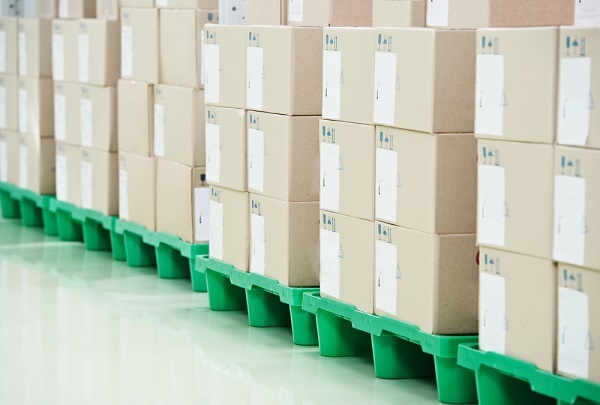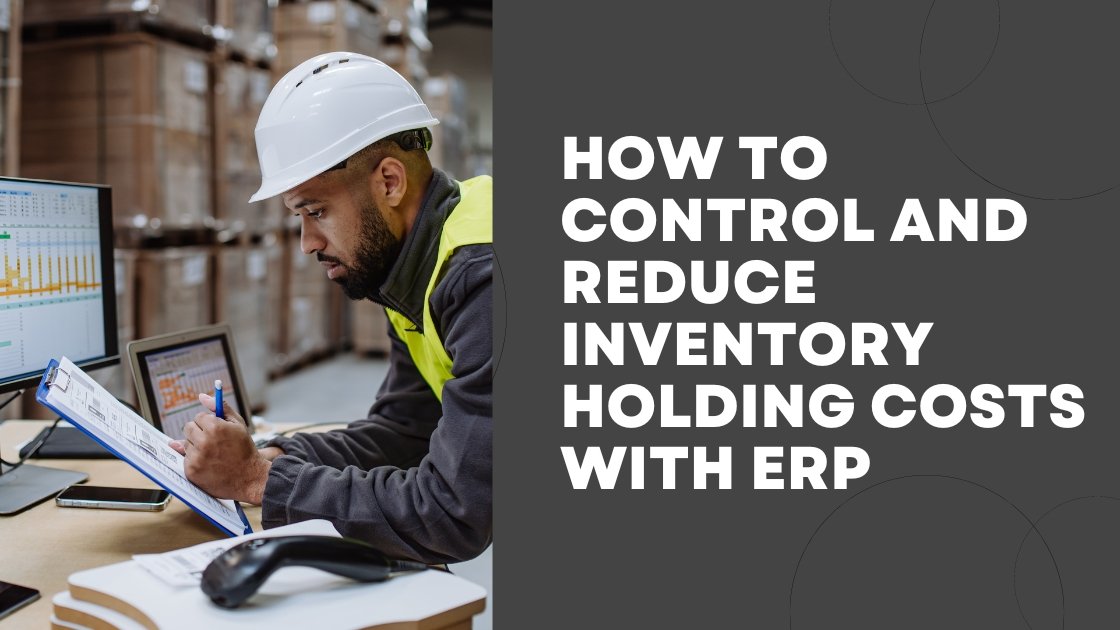Risk Assessment & Management for Shipping Pharmaceutical Products

The shipping of pharmaceuticals is a crucial aspect of the pharmaceutical industry. Proper transport procedures are essential to ensure the safe delivery of pharmaceutical products, and to maintain the integrity of the product during transportation. Shipping pharmaceuticals presents several unique challenges, such as temperature control, environmental factors, and regulatory compliance. Therefore, risk assessment and management are vital to ensure the safe and secure transportation of pharmaceuticals.
Risk assessment is the process of identifying potential hazards, evaluating the probability and severity of the hazards, and determining the best course of action to mitigate the risk. Risk management involves implementing measures to reduce or eliminate risks identified during the risk assessment process.
The Following Are Some Key Steps In Conducting A Risk Assessment And Management For Shipping Pharmaceutical Products:
1. Identify the Risk :
The first step in risk assessment and management is to identify the risks associated with shipping pharmaceuticals. The risks may include environmental factors such as temperature and humidity, transit times, packaging, security, and regulatory compliance. Once the risks have been identified, it is essential to determine the likelihood of the risks occurring, and the potential impact they could have on the shipment.
2. Determine the Acceptable Risk Level :
Once the risks have been identified, it is necessary to determine the acceptable level of risk for each risk identified. The acceptable risk level will vary depending on the product being shipped, the destination, and the regulatory requirements.
For example, shipping temperature-sensitive drugs will require more stringent risk management measures than shipping non-temperature sensitive products.
3. Develop a Risk Management Plan :
After identifying the risks and the acceptable risk level, the next step is to develop a risk management plan. The plan should include a range of risk management strategies to reduce the identified risks to an acceptable level. The plan should also outline the responsibilities of each party involved in the shipping process and the measures to be taken if a risk occurs.
4. Temperature Control :
Temperature control is one of the most critical factors in shipping pharmaceuticals. Temperature-sensitive products require temperature-controlled shipping to maintain their integrity. The ideal temperature range for pharmaceuticals is between 2°C and 8°C.
However, some products may require colder or warmer temperatures, such as vaccines or insulin. It is essential to ensure that the temperature is maintained throughout the entire shipping process, including loading, transit, and unloading. Temperature control measures may include the use of insulated packaging, temperature monitoring devices, and temperature-controlled transportation.
5. Packaging and Labelling :
Packaging and labelling are critical aspects of shipping pharmaceuticals. Proper packaging can protect the product from physical damage, contamination, and temperature variations. Packaging should be designed to meet the specific needs of the product, taking into account factors such as temperature control, handling, and storage conditions. The labelling should also include specific instructions for handling and storage, including any special requirements for temperature control.
6. Security :
Security is another critical aspect of transport pharmaceuticals. Pharmaceutical products are valuable, and they can be targets for theft or tampering. It is essential to implement security measures to protect the product during transportation. Security measures may include tracking devices, tamper-evident packaging, and secure transportation routes.
7. Regulatory Compliance :
Regulatory compliance is a crucial aspect of transport pharmaceuticals. The pharmaceutical industry is highly regulated, and there are specific requirements for shipping pharmaceuticals. Compliance with these regulations is necessary to ensure the safety and efficacy of the product. Regulatory compliance may include requirements for temperature control, packaging, labelling, and documentation.
8. Training and Education :
Training and education are essential to ensure that all parties involved in the shipping process understand the risks and the measures required to manage those risks. Proper training can help prevent errors and ensure that everyone involved in the shipping process understands their responsibilities. Education should also include ongoing training and updates to ensure that everyone is aware of any changes in regulations or best practices
9. Quality Control :
Quality control is essential in ensuring that pharmaceuticals are shipped safely and securely. Quality control measures should be implemented throughout the shipping process, including inspections of the product, packaging, and shipping containers. Quality control measures may also include audits of the shipping process to ensure that all procedures are being followed correctly.
10. Contingency Planning :
Contingency planning involves developing a plan to respond to unexpected events, such as delays in transit, equipment failure, or adverse weather conditions. The plan should outline the steps to be taken if a risk occurs, including the communication channels and the responsible parties. Contingency planning can help minimize the impact of unexpected events and ensure that the shipment arrives safely and on time.
11. Data Management :
Data management is essential in tracking and monitoring the transport of pharmaceuticals. Data should be collected throughout the shipping process, including temperature monitoring, location tracking, and quality control inspections. The data should be stored securely and analyzed to identify any trends or areas for improvement in the shipping process.
12. Collaboration and Communication :
Collaboration and communication are crucial in ensuring the safe and secure shipping of pharmaceuticals. Effective communication between all parties involved in the shipping process, including shippers, carriers, and regulatory agencies, can help ensure that everyone is aware of the risks and the measures required to manage those risks. Collaboration can also help identify opportunities for improvement in the shipping process and lead to more effective risk management.
In conclusion,
Risk assessment and management are essential in ensuring the safe and secure shipping of pharmaceuticals. The shipping of pharmaceuticals presents several unique challenges, such as temperature control, environmental factors, and regulatory compliance. Proper risk assessment and management can help minimize these risks and ensure that the shipment arrives safely and on time. Key steps in conducting a risk assessment and management for shipping pharmaceuticals include identifying the risks, determining the acceptable risk level, developing a risk management plan, implementing temperature control measures, packaging and labelling, security measures, regulatory compliance, training and education, quality control, contingency planning, data management, collaboration and communication. By following these steps, pharmaceutical companies can help ensure the safety and efficacy of their products during shipping, and ultimately, the health and well-being of their patients.
The success of pharmaceutical transport depends on the expertise and diligence of the shipping companies involved. By prioritizing safety, compliance, and sustainability, transport companies can help ensure that pharmaceutical products reach their intended destination safely and efficiently, and in compliance with all relevant regulations and guidelines.








